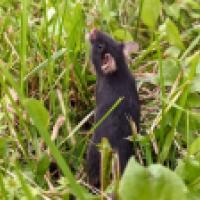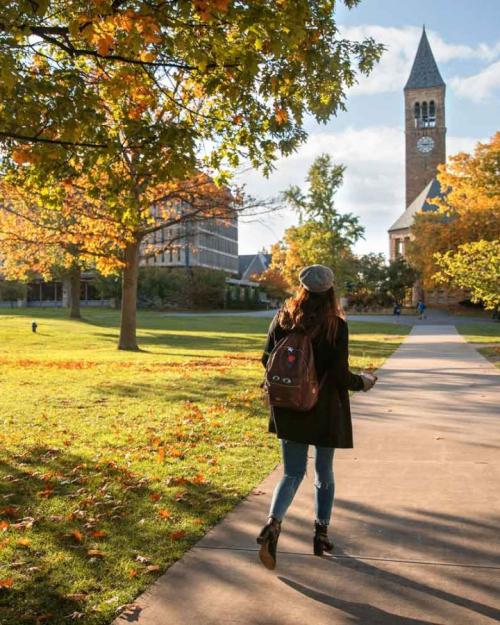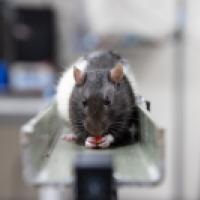
 Department Homepage
Department Homepage
Biology students teach STEM curriculum in Colombia
Eight Arts & Sciences students spent winter break in Colombia, collaborating with Colombian undergraduate students from the University of Magdalena to teach students at a public school in the coastal city of Santa Marta. The students spent their time carrying out STEM enrichment projects in the school, which primarily serves students from disadvantaged communities.




